Essential Social Media Metrics Every Event Manager Needs
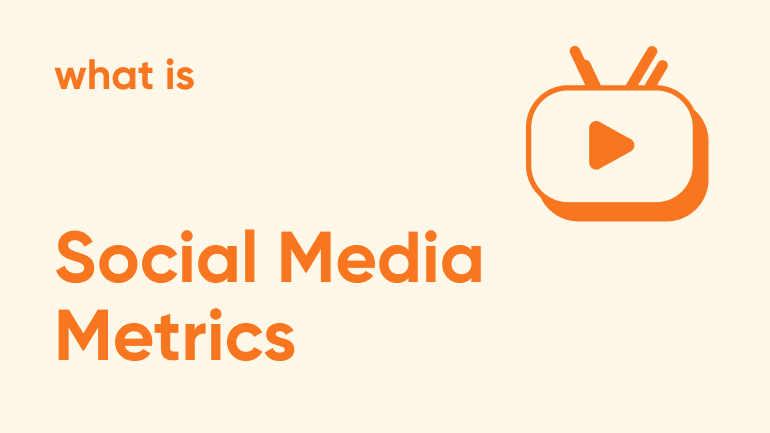
Social media is a game-changer for businesses — especially for event managers (no matter if you're running webinars, hybrid events, or physical events).
It lets you share content, connect with your audience, and build relationships with both current and potential customers. Whether you’re posting blog articles, images, or videos, social media helps brands showcase what they stand for.
But here’s the thing—just posting content isn’t enough. You need to know how well your content is performing, and that’s where metrics come in.
By keeping an eye on the right social media metrics, you can figure out what’s working, what needs a little tweaking, and how to better align campaigns with goals like brand awareness, engagement, lead generation, and sales.
Let’s dig into why these metrics matter and which ones are crucial—especially for event managers.
What are Social Media Metrics?
Social media metrics are quantitative measures that track the performance and impact of your content across various social media platforms. These metrics provide valuable insights into how well your content resonates with your audience and the overall effectiveness of your social media strategy.
By analyzing these media metrics, you can make data-driven decisions to improve your social media goals and content.
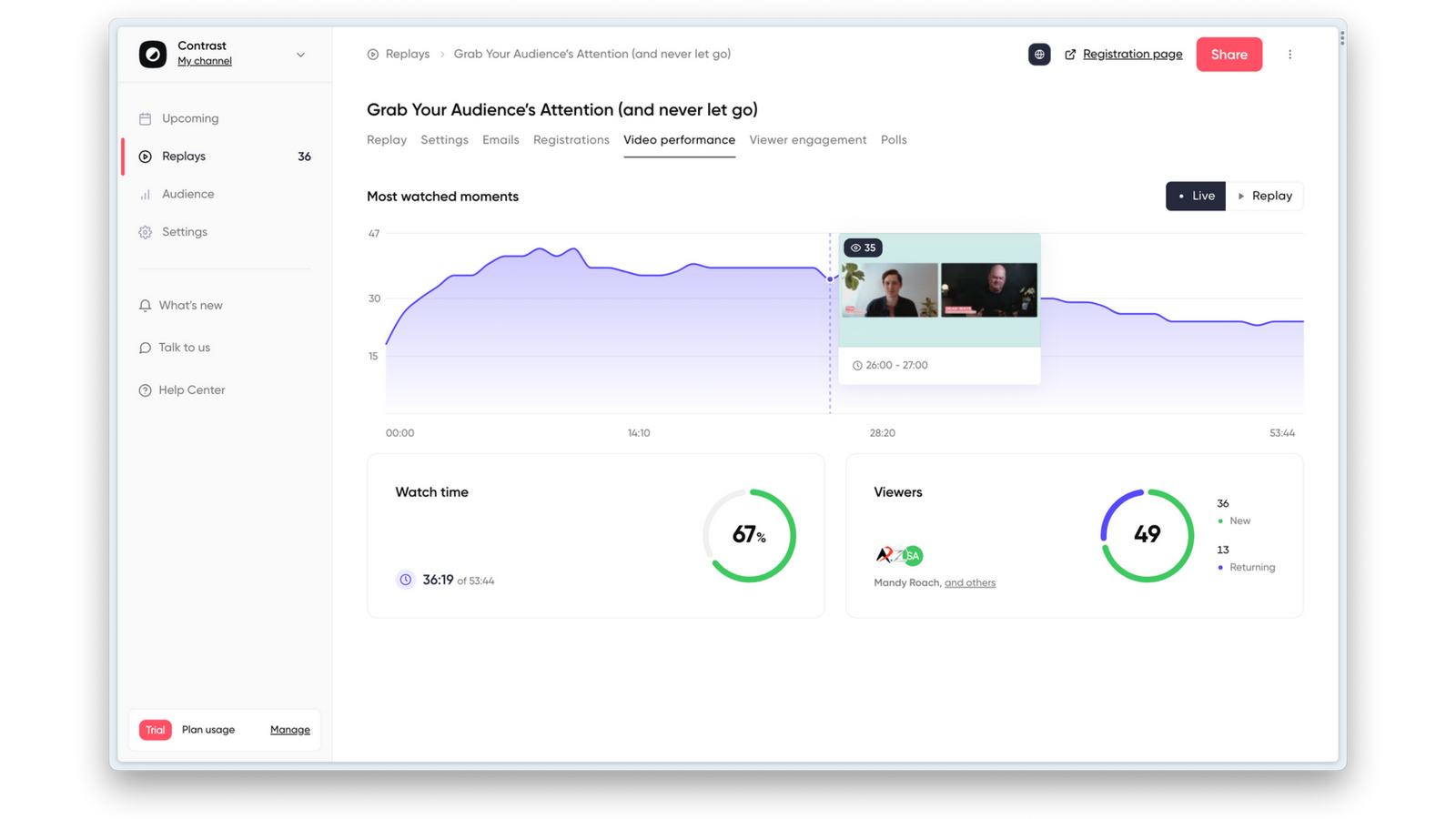
Why Social Media Metrics Matter
Social media campaigns aren’t just about getting likes or shares—they’re about driving real results through effective social media marketing metrics.
Event managers often use social media for event promotion so it's important that they are able to tie these metrics into their overarching event strategy.
Tracking metrics helps businesses:
- Spot top-performing content and strategies: See which posts, formats, or topics are clicking with your audience.
- Fix underperforming areas: Adjust your campaigns to tackle issues like low engagement, reach, or conversion rates.
- Measure overall success: Figure out if your social media efforts are hitting the mark, from building brand awareness to boosting sales.
- Justify your marketing investment: Explain to your higher-ups the value of your campaigns by linking performance metrics to actual business outcomes.
Now, let’s break down the important social media metrics you should be tracking, divided into four themes:
Engagement, Awareness, Conversion, and Advocacy.
Engagement Metrics
Engagement metrics, a crucial part of social media analytics, are all about how well your audience connects with your social media posts.
These include likes, comments, shares, and clicks—essentially signs that people are paying attention and interacting with your posts.
Higher engagement rates usually mean your content is resonating, which is key if you’re promoting events like webinars, conferences, or workshops.
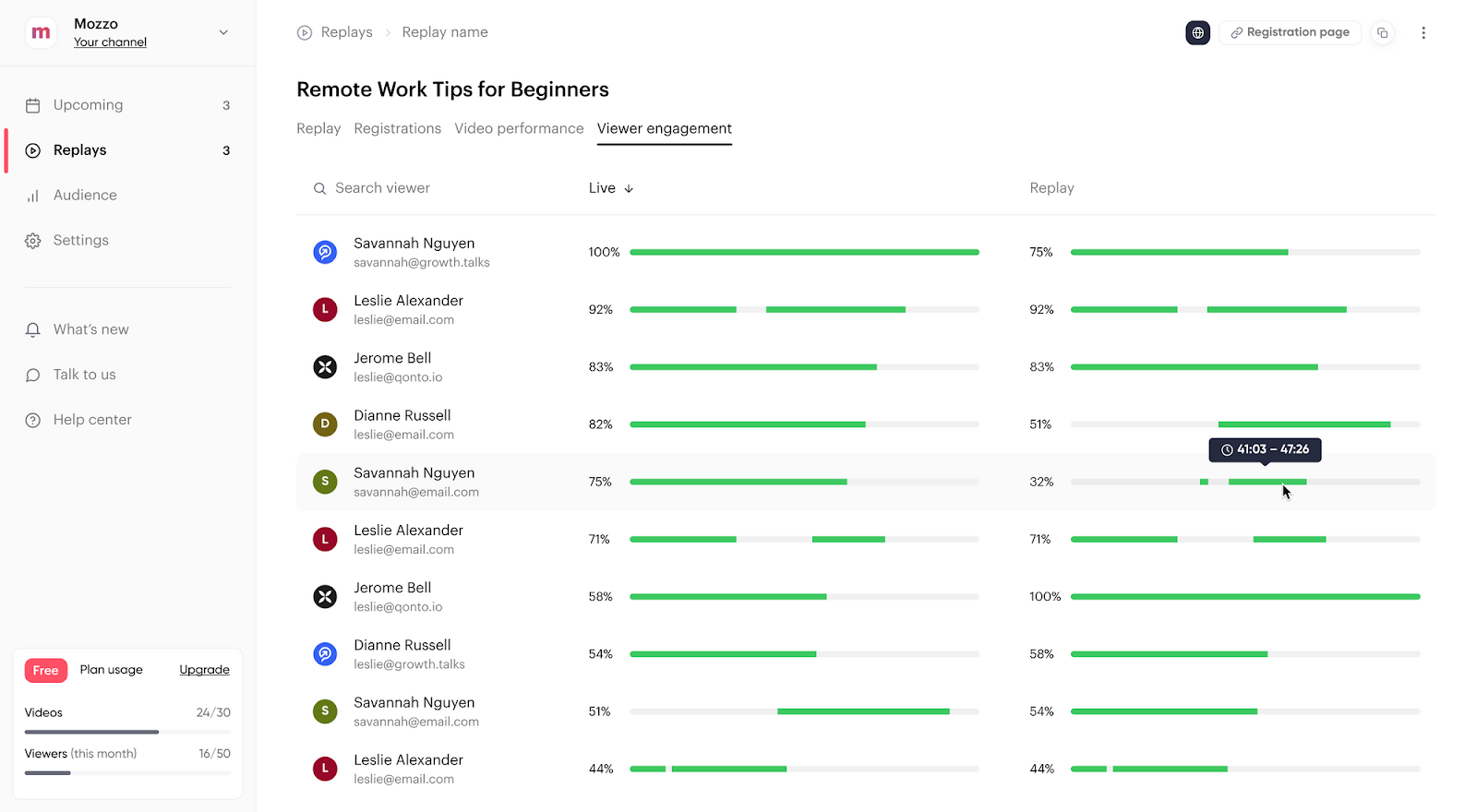
Why Engagement Metrics Are Important
Engagement metrics give you a clear picture of how much attention your event content is getting.
If your posts are generating lots of interactions, it’s a sign that your audience is finding your event appealing, which can lead to more people showing up.
Key Engagement Metrics
- Engagement Rate: This measures the percentage of your audience that’s interacting with your content. A high rate means your posts are hitting the spot, while a lower rate might mean it’s time to rethink your strategy.
- Questions Asked During Events: More questions mean higher interest and engagement. It shows that your content is connecting with the audience.
- Poll Participation: Polls during events can show how actively involved your audience is. High participation rates suggest they’re engaged and interested.
- Shares: The more your posts are shared, the better. It means your content is valuable enough for people to spread it, which helps extend your reach.
- Reaction Rate: Likes, favorites, and positive comments indicate that people appreciate your content. Experiment with different types of posts (visuals, infographics, videos) to see what gets the most engagement.
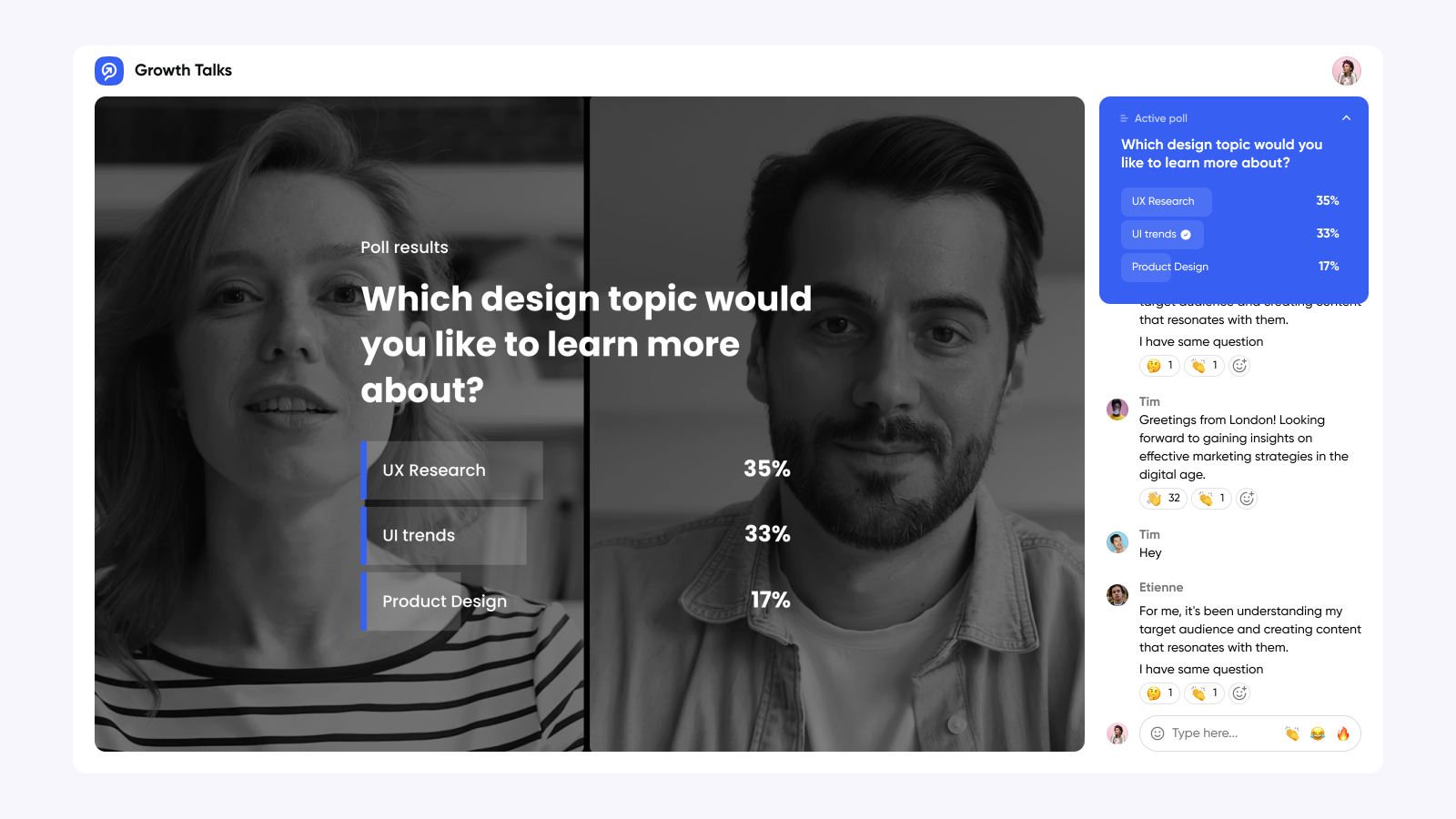
How to Boost Engagement Metrics
To boost engagement, try improving your content with eye-catching visuals, registration pages, interesting videos, or fun infographics.
If engagement is dropping, consider adding giveaways or exclusive sneak peeks to grab attention. Encouraging user-generated content can also significantly boost engagement rates, as it involves your audience directly and makes them feel more connected to your brand.
Awareness Metrics
Awareness metrics focus on how well your content reaches a broader audience. They measure visibility and help analyze whether your campaigns are catching people’s attention.
Brand mentions and impressions are crucial for tracking how often your brand is mentioned across social media platforms. They provide insights into market presence, customer sentiment, and overall brand visibility compared to competitors.
Key Awareness Metrics
- Audience Growth Rate: This tracks how quickly your follower count is growing. A sudden spike could mean your marketing efforts are paying off, while a slow growth rate might mean it’s time to rethink your strategy.
- Impressions vs. Reach: Impressions show how often your content appears, while reach measures how many unique users have seen it. Both are useful to understand how far your message is spreading. If you have high impressions but low reach, it could mean your posts are being seen by the same people repeatedly. High reach but low engagement? You might need to improve your content.
- Social Share of Voice (SOV): This tells you how much engagement your brand has on social media compared to competitors. A low SOV could mean your promotional strategies need a revamp.
How to Boost Awareness Metrics
Want to increase your reach? Consider boosting your posts or running paid ads targeted to specific groups. If your audience growth has plateaued, think about launching a contest or giveaway to attract new followers.
Conversion Metrics
Conversion metrics are all about moving beyond likes and shares—these measure conversion actions like event registrations, ticket sales, or webinar attendance within the context of a social media campaign. They give you a clear picture of how effective your promotional efforts are.
Key Conversion Metrics
- Conversion Rate: This tracks how many users take action (e.g., registering or buying tickets) after engaging with your content. High engagement but low conversions? Time to revisit your call-to-action (CTA) or make the registration process smoother.
- Click-Through Rate (CTR): Measures the percentage of users who click on your event links. If your CTR is low, your content might not be compelling enough. Highlight what makes your event special to improve this.
- Bounce Rate: Shows how many visitors leave your registration page without taking any action. A high bounce rate can mean your landing page isn’t user-friendly or doesn’t match the promises in your social posts.
- Number of Event Sign-Ups: The most straightforward metric—how many people actually signed up for your event. Comparing registrants with other metrics like reach and engagement can help identify where things might be falling short.
- Post-Event Conversion Rate: After a webinar, track how many attendees take the next step, like signing up for a service or buying a product. A high conversion rate means your content resonated and motivated people to act.
Improving Conversion Metrics
If your conversions are lagging, consider improving your CTAs to make them more direct and enticing. Simplify your registration process, so it’s easy for people to sign up. Paid social ads can also help boost conversion rates by targeting audiences who are more likely to be interested in your event.
Tracking social media analytics can provide valuable insights into which platforms and content types drive the most engagement and conversions.
Advocacy Metrics
Advocacy metrics help you see how successful you’ve been at turning customers into brand advocates.
A well-defined social media marketing strategy is crucial for improving brand image and online presence. By tracking social media metrics and adapting based on analytics and audience feedback, you can improve engagement and overall performance.
Happy, engaged customers are more likely to share their positive experiences, which acts as valuable word-of-mouth promotion.
Key Advocacy Metrics
- Reviews: Positive reviews serve as social proof and encourage others to attend your events. Track reviews across platforms to see how your events are being received.
- Customer Satisfaction: Improve satisfaction through feedback and comments. Happy customers are more likely to share and recommend your events to others.
- Brand Sentiment: Track the overall mood and sentiment around your brand on social media. If there’s too much negative sentiment, it might be time to revisit your engagement and messaging strategies.
- Net Promoter Score: Tracking net promoter score helps you understand customer loyalty and the likelihood of them recommending your brand to others.
Boosting Advocacy
Encourage attendees to leave reviews or share their experiences. You can do this by running post-event surveys in your follow-up emails, creating a catchy branded hashtag, or even offering incentives for feedback. Positive advocacy doesn’t just drive future attendance—it strengthens your brand’s reputation.
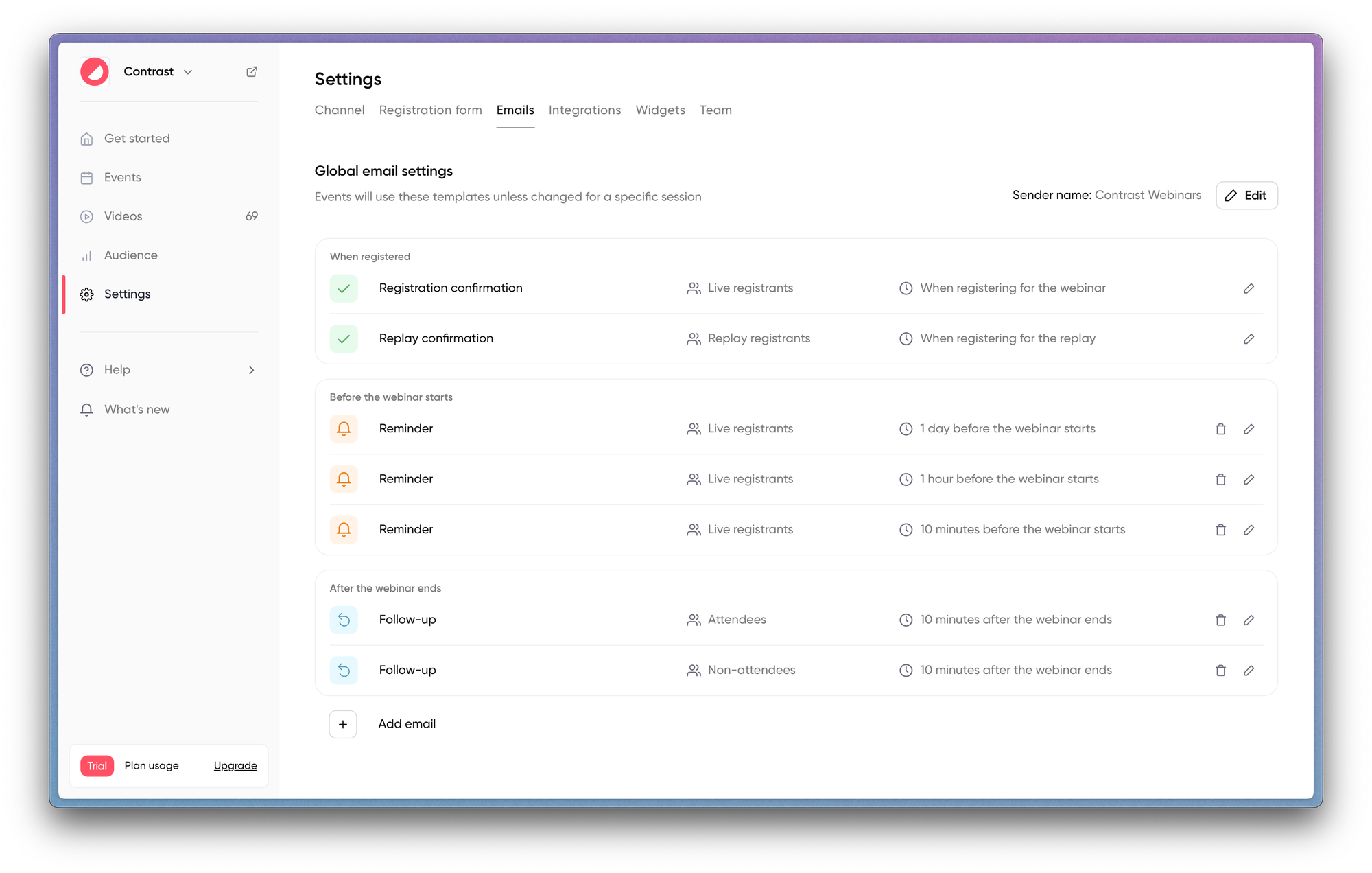
Setting Goals and Strategy
Before you start tracking social media metrics, it’s crucial to set clear goals and a strategy. This will help you focus on the metrics that matter most to your business.
Here are some steps to follow:
- Define Your Goals: What do you want to achieve on social media? Do you want to increase brand awareness, drive website traffic, or generate leads? Clear goals will guide your strategy and help you measure success.
- Identify Your Target Audience: Who are your ideal customers? What are their interests, needs, and pain points? Understanding your target audience will help you create content that resonates with them.
- Choose Your Social Media Channels: Which social media platforms align best with your goals and target audience? Different platforms attract different demographics, so choose the ones that best fit your strategy. Benchmarking against industry standards can help set realistic targets.
- Develop a Content Strategy: What type of content will you create? How often will you post? A well-planned content strategy will keep your audience engaged and help you achieve your goals.
By setting clear goals and developing a targeted strategy, you can ensure that your social media efforts are aligned with your business objectives and are more likely to succeed.


Data-driven Webinar Platform Built for Engagement
Start for free with up to 30 registrants. No credit card needed.
Start for freeSocial Media Performance
Social media performance can be overwhelming, but with the right approach, it can be painless.
Here are some tips to help you measure social media performance:
- Create a Social Media Dashboard: Set up a social media dashboard to track your key metrics in one place. A well-organized dashboard provides a quick overview of your performance and makes it easier to monitor your progress.
- Use Social Media Analytics Tools: Improve your social media analytics tools to automate your reporting and tracking. Tools like HubSpot or Google Analytics offer comprehensive data and reporting features that simplify the performance process.
- Set Up Regular Reporting: Establish a regular reporting schedule to stay up-to-date with your social media performance. Regular reports help you track progress over time and make informed decisions based on the latest data.
- Focus on Key Metrics: Concentrate on the key metrics that align with your social media objectives. By focusing on the most important metrics, you can avoid getting overwhelmed by data and stay focused on what matters most.
- Use Data Storytelling: Present your social media performance in a clear and compelling way using data storytelling. Create a narrative around your metrics, highlighting key insights and trends. This approach makes your reports more engaging and easier to understand.
By following these tips, you can simplify the process of measuring social media performance and create more effective, data-driven reports.
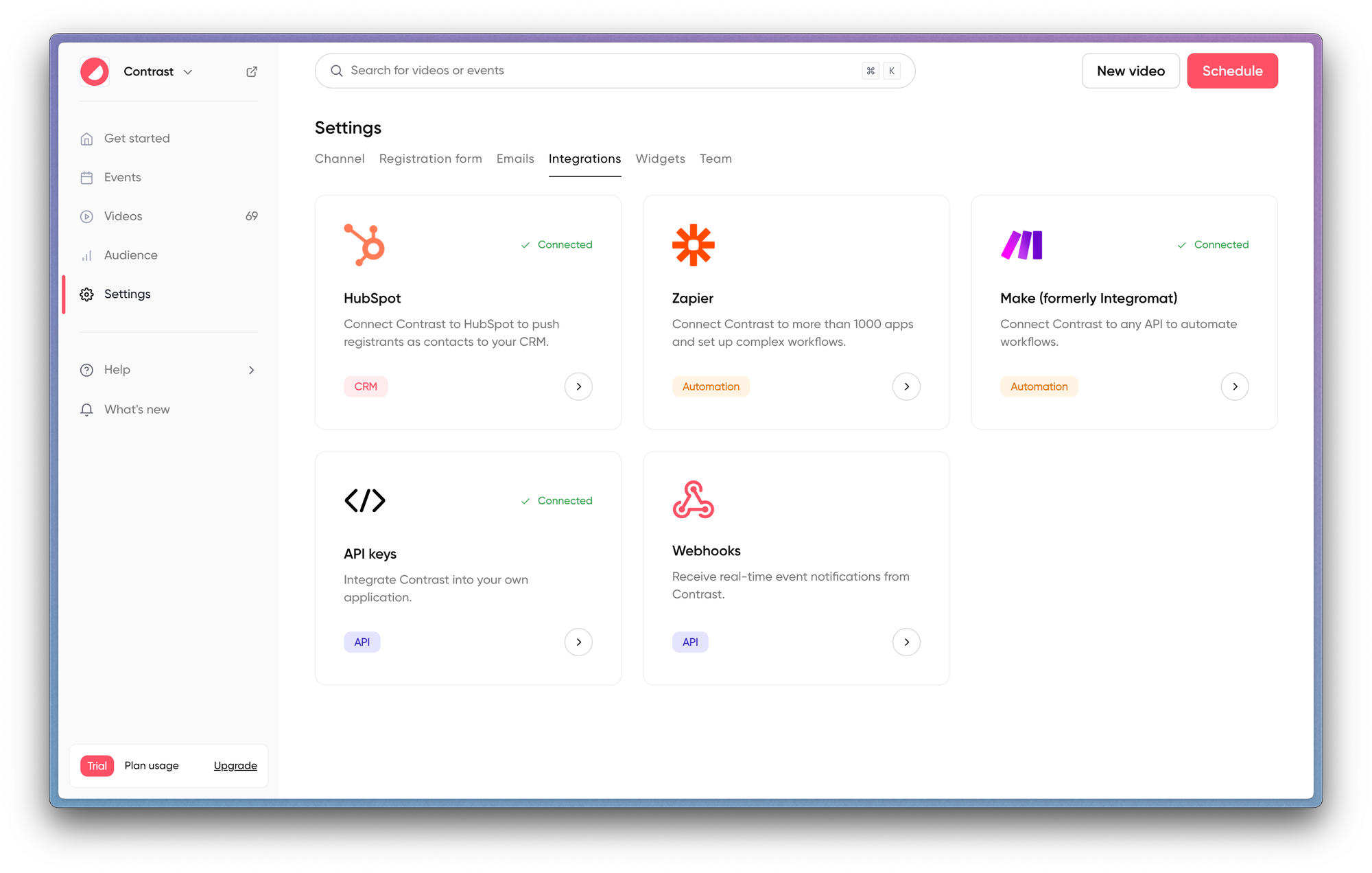
Common Pitfalls and Best Practices
When tracking social media metrics, it’s easy to get caught up in vanity metrics like follower growth and engagement rates. However, these metrics don’t always translate to real business results.
Here are some common pitfalls to avoid:
- Focusing Too Much on Vanity Metrics: While follower growth and engagement rates are important, they don’t always drive conversions. Focus on metrics that align with your business goals.
- Not Tracking Conversions: Conversions are the ultimate goal of any social media strategy. Make sure you’re tracking them regularly to measure the effectiveness of your campaigns.
- Not Adjusting Your Strategy: If your metrics aren’t improving, it’s time to adjust your strategy. Use the insights gained from your metrics to refine your approach and improve your results.
By avoiding these pitfalls and following best practices, you can create a social media strategy that drives real business results.
The Bottom Line
Tracking social media metrics is key to understanding how well your campaigns are performing. Tracking the right metrics can help improve event ROI by ensuring your efforts are aligned with your business goals.
Whether you’re using organic posts, paid ads, or a mix of both, these insights will help you refine your approach to get better results.
By paying attention to engagement, awareness, conversion, and advocacy metrics, you can:
- See what content resonates most with your audience
- Pinpoint areas that need improvement
- Justify your marketing efforts to stakeholders
- Connect social media performance to real business goals, like event attendance and sales
Social media metrics aren’t just about numbers—they’re about understanding your audience and optimizing your strategy. So, next time you run a campaign, make sure you’re tracking the right metrics, analyzing the data, and using those insights to improve your event’s success.


Data-driven Webinar Platform Built for Engagement
Start for free with up to 30 registrants. No credit card needed.
Start for free